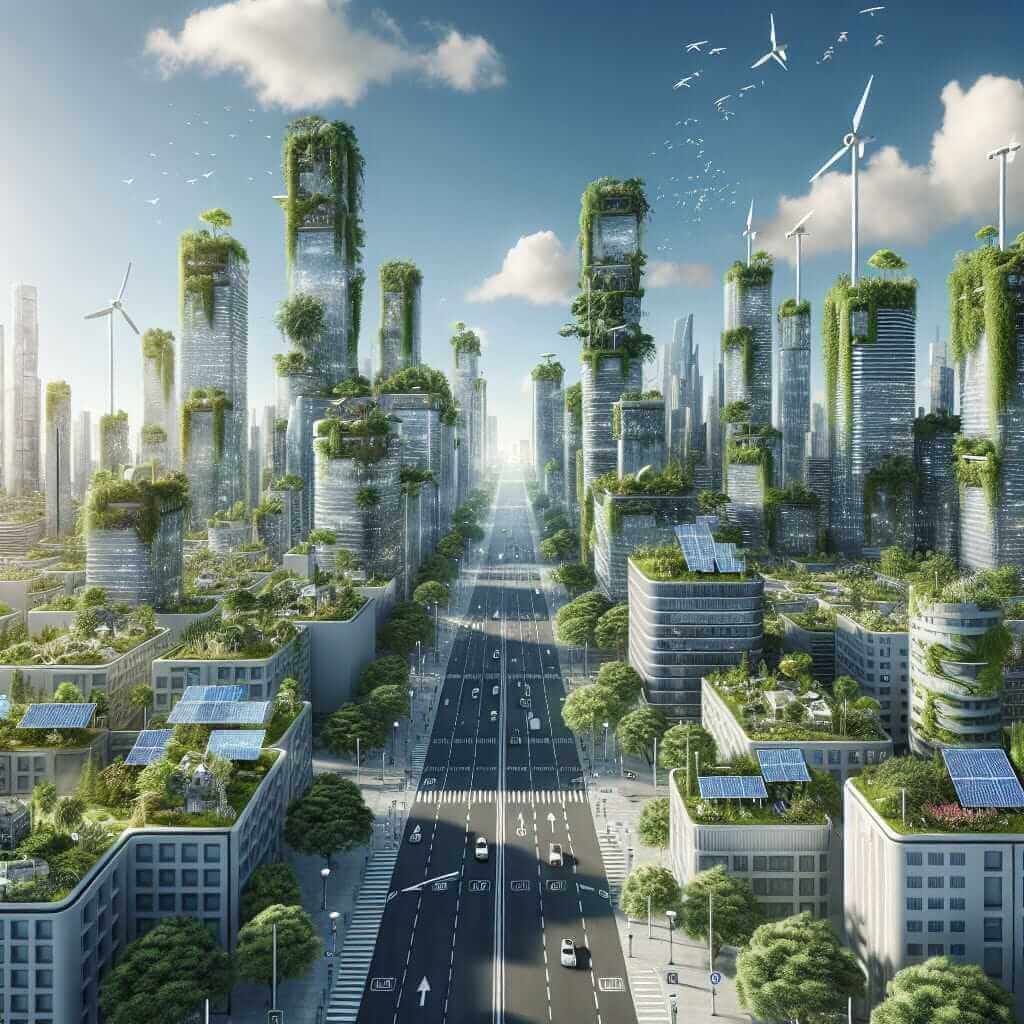The relationship between technology and the environment is complex and frequently appears in IELTS Writing Task 2. This essay will explore “The influence of technology on environmental conservation” – a topic that not only tests your IELTS vocabulary but also your ability to craft a coherent and compelling argument. We will analyze a sample question, provide a band 8 model answer, and offer valuable tips for success in your IELTS exam.
Sample IELTS Writing Task 2 Question
Many people believe that technological advancements are the solution to environmental problems. Others argue that technology itself is the cause of environmental damage. Discuss both views and give your own opinion.
Analysis of the Question
This question presents a classic “discuss both views and give your own opinion” structure. It requires you to:
- Present both sides: Acknowledge the positive and negative impacts of technology on the environment.
- Provide your opinion: State your stance clearly and support it with strong reasoning and relevant examples.
Model Answer
The Influence of Technology on Environmental Conservation
It is undeniable that technology has revolutionized our lives, impacting nearly every aspect of human existence, including the environment. While some argue that technological advancements hold the key to solving environmental challenges, others contend that technology itself is the root cause of ecological degradation. This essay will delve into both perspectives before presenting my own viewpoint.
Advocates for technology often cite its role in developing sustainable solutions. For instance, renewable energy sources such as solar and wind power, heavily reliant on technological advancements, offer cleaner alternatives to fossil fuels, mitigating climate change. Furthermore, sophisticated monitoring systems using satellite imagery and data analysis help track deforestation, pollution levels, and wildlife populations, enabling more effective conservation efforts. The development of biodegradable plastics and advancements in waste recycling technologies also demonstrate how technology can contribute to a greener future.
However, it is crucial to acknowledge the detrimental environmental consequences of certain technologies. The rapid pace of industrialization, fueled by technological progress, has led to increased greenhouse gas emissions, pollution of air and water resources, and the depletion of natural resources. The insatiable demand for electronic devices generates vast amounts of electronic waste, often dumped illegally, posing severe threats to ecosystems and human health. Moreover, the convenience offered by technology has contributed to unsustainable consumption patterns, exacerbating the strain on the planet’s resources.
In my opinion, technology is a double-edged sword. While it possesses the potential to mitigate environmental damage, its irresponsible and unsustainable application can exacerbate the very problems it aims to solve. The key lies in striking a balance – harnessing the power of technology for environmental conservation while promoting responsible innovation and consumption patterns. Investing in research and development of green technologies, implementing stricter regulations on polluting industries, and fostering greater environmental awareness among individuals are crucial steps in leveraging technology for a sustainable future.
(Word count: 323 words)

Notes for Writing
Vocabulary
- Technological advancements: Avoid overusing the word “technology.” Use synonyms like “innovation,” “advancements,” or “progress.”
- Environmental problems: Be specific! Refer to issues like “climate change,” “deforestation,” or “pollution.”
- Sustainable solutions: Showcase your vocabulary by using words like “renewable,” “eco-friendly,” or “biodegradable.”
Grammar and Structure
- Complex sentences: Demonstrate your command of grammar by using a variety of sentence structures.
- Connectors: Use transition words and phrases like “however,” “furthermore,” and “in conclusion” to ensure a smooth flow of ideas.
- Paragraphing: Divide your essay into clear paragraphs, each focusing on a distinct aspect of the argument.
Difficult Vocabulary
- Mitigate (verb) /ˈmɪt.ɪ.ɡeɪt/ : To make something less harmful, unpleasant, or bad.
- Sophisticated (adjective) /səˈfɪs.tɪ.keɪ.tɪd/: Highly developed and complex.
- Biodegradable (adjective) /ˌbaɪ.oʊ.dɪˈɡreɪ.də.bəl/: Able to decay naturally and harmlessly.
- Insatiable (adjective) /ɪnˈseɪ.ʃə.bəl/: Impossible to satisfy.
- Exacerbate (verb) /ɪɡˈzæs.ər.beɪt/: To make something worse.
Conclusion
Mastering the art of writing about “The influence of technology on environmental conservation” is essential for success in IELTS Writing Task 2. Remember to present a balanced argument, utilize a wide range of vocabulary, and demonstrate grammatical accuracy.
Here are some additional related topics that could appear in your IELTS exam:
- The role of governments in promoting environmental conservation.
- The impact of consumerism on the environment.
- The importance of environmental education.
By practicing these tips and exploring related themes, you’ll be well-prepared to achieve your desired IELTS score. To further enhance your IELTS preparation, consider exploring resources like The role of technology in promoting sustainability, Conquering IELTS Speaking Part 3, or How to improve IELTS Speaking Part 3 answers. Good luck!